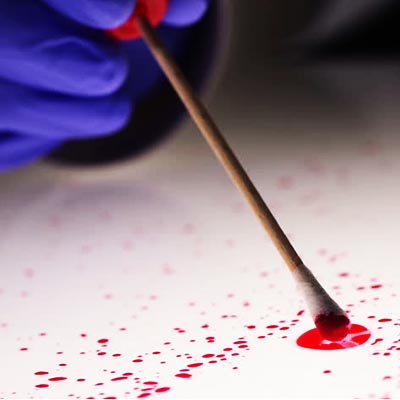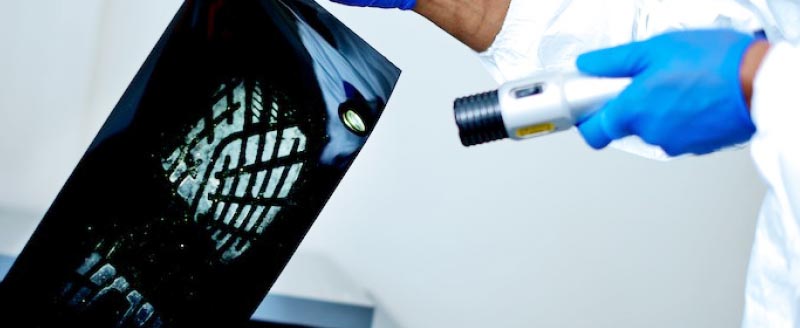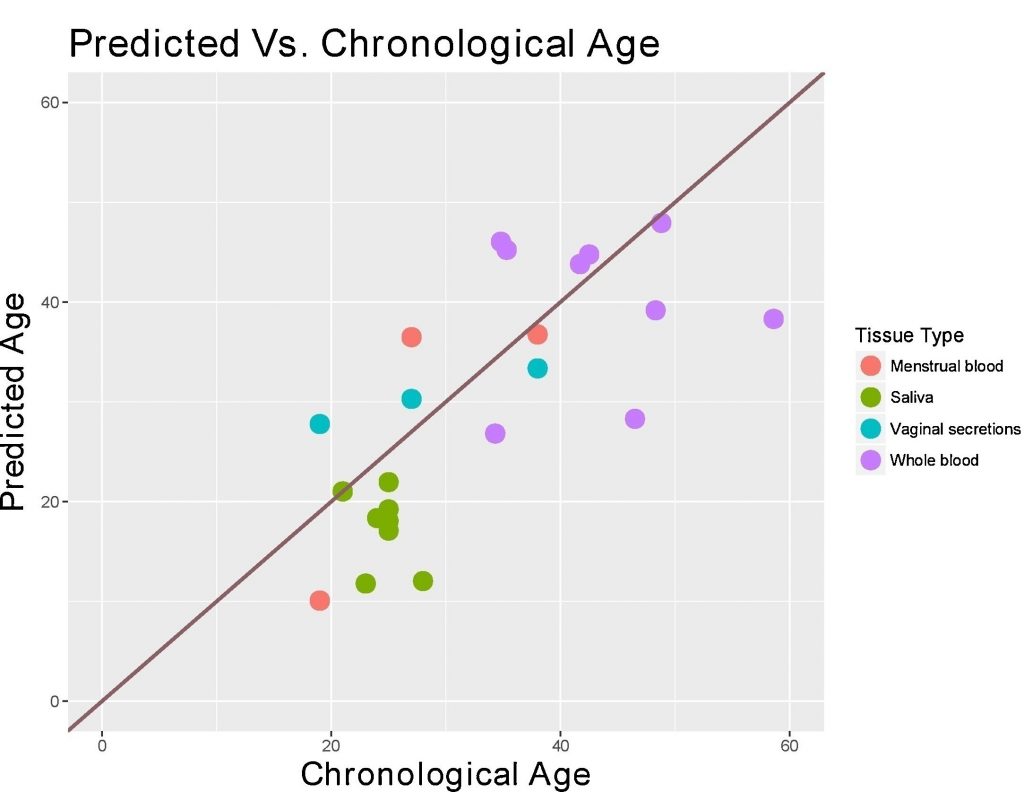Identification of a multi-tissue age prediction model could help forensic investigations
- 6th February 2018
- Posted by: Claudine Gabriele
- Category: Articles

Age prediction in forensics
Identifying the age of a person involved in a crime is one of the more difficult stages of a forensic investigation. In this respect, scientists are looking to develop different methods to determine the sex, age and other features of involved individuals.
However, current methods demand large samples of tissue, which are often not available from the crime scene. Additionally, results from regular examinations can be imprecise, thus scientists have adopted DNA methylation in recent years as an alternative tool. By observing the methylation levels in an individual, they can now predict age more precisely, which can help to reduce the number of potential suspects. Nevertheless, the use of DNA methylation in forensic analysis is still in its early stages of development

The multi-tissue model
In this scenario, the creation of a multi-tissue age prediction model could help by making age estimation even more accurate. A multi-tissue model overcomes the necessity for identifying the tissue type, which is a risky process and may compromise the integrity of the evidence itself.
Hence, the multi-tissue age prediction model identified in this study could help to overcome the requirement of sample body fluid identification in forensic investigations.
Minimum number of methylation markers
A typical forensic test requires very small and degraded DNA samples: this is why it is essential to keep numbers of methylation markers to a minimum for a predictive model that is able to work with these samples. Research resulted in the creation of a model using ten CpG markers where only two of these had been previously marked as relevant to age estimation.
Improved accuracy in age prediction
This model achieved a prediction accuracy of 7.8 years and the selected markers could be used for age estimation using diverse body fluids (blood, saliva, menstrual blood, etc.). This creates a potential for producing models with a larger number of samples in the future. In fact, as researchers discover more CpG markers, forensic activities and methods will become more precise and accurate.

Click below to access the paper:
A multi-tissue age prediction model based on DNA methylation analysis
Authors: Hussain Alsaleh (Centre for Forensic Science, Department of Pure and Applied Chemistry, University of Strathclyde, Glasgow), Nicola A. McCallum (Centre for Forensic Science), Daniel L. Halligan (Fios Genomics), Penelope R. Haddrill (Centre for Forensic Science).
Leave a Reply
You must be logged in to post a comment.

